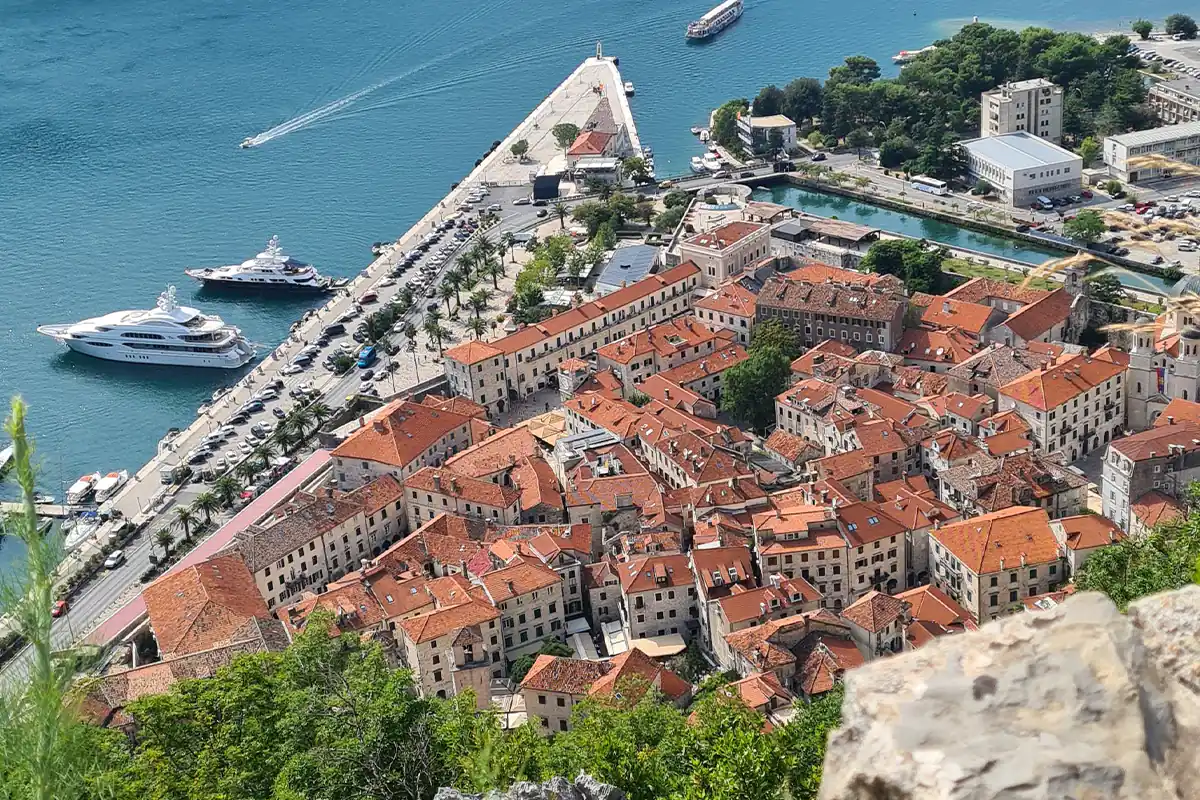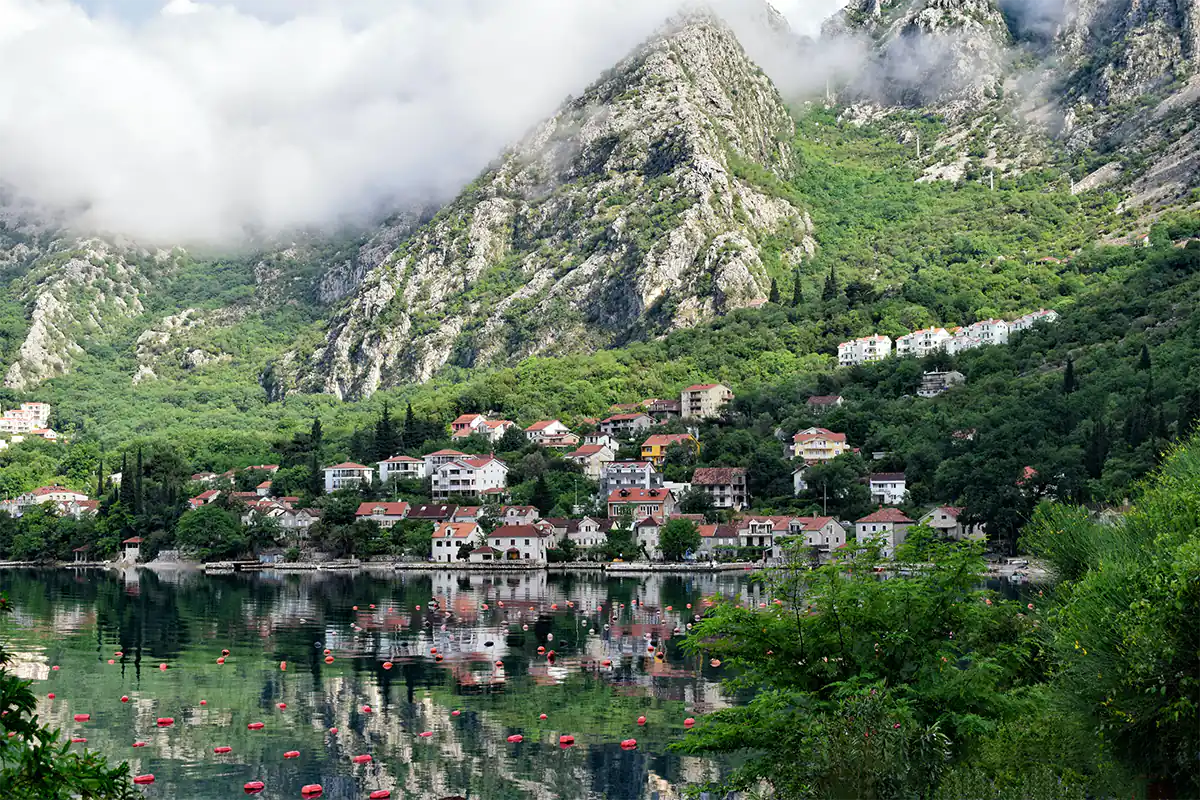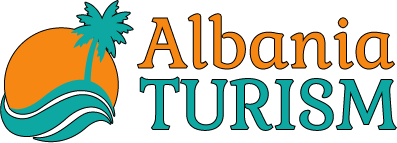
Key Takeaways
- Kotor is a stunning coastal city in Montenegro, renowned for its well-preserved medieval architecture and natural beauty.
- Its strategic location near Albania makes it an ideal base for exploring the Balkans’ rich history and landscapes.
- The Bay of Kotor, a UNESCO World Heritage site, offers breathtaking scenery with steep cliffs and tranquil waters.
- Kotor’s history reflects influences from Roman, Byzantine, Venetian, and Ottoman periods, evident in its architecture and cultural traditions.
- Visitors can enjoy attractions like the Old Town, City Walls, St. Tryphon Cathedral, and nearby Lovćen National Park.
- Optimal visiting times are spring and fall for pleasant weather and fewer crowds.
Introduction to Kotor
Kotor, nestled on the exquisite
Bay of Kotor, is a walled city in Montenegro often heralded as Europe’s southernmost fjord. This unique geographic setting elevates Kotor as a premier travel destination, showcasing a fusion of breathtaking natural features and historical significance. Recognized for its well-preserved medieval architecture and vibrant cultural scene, Kotor is fast becoming a favored spot among globe-trotters seeking the rich tapestry of history intertwined with natural splendor.
This allure is well-articulated in various travel guides, including Lonely Planet Montenegro, where Kotor consistently ranks high as a must-visit locale.
Geographically, Kotor lies in proximity to Albania, making it an ideal addition to itineraries focused on the broader Balkan region. It’s approximately
[insert KM/mile distance] from Shkodër, a northern city in Albania, offering travelers a seamless blend of Montenegrin and Balkan experiences. This geographical advantage underscores Kotor’s appeal as a convenient and culturally diverse destination within the Balkans.
Kotor’s Location and Geography
Kotor’s Location in Relation to Albania and the Balkans
Kotor is strategically positioned in southwestern Montenegro, nestled within the famed
Bay of Kotor. This stunning bay offers dramatic vistas and serene waters, approximately
[insert KM/mile distance] from the Albanian border, making it accessible for travelers exploring the Balkans. The city is connected via the E65/E80 highway, ensuring a smooth journey from Albania and neighboring countries. Its location is well-documented in maps like Google Maps and the Montenegro Tourism website.
Attractions for Travelers Interested in Albania
For travelers interested in Albania, Kotor offers a contrasting experience enriched by Venetian heritage and remarkable architecture. While Albania boasts raw beaches and mountainous scenery, Kotor provides a polished encounter with history and a Venetian flavor. This duality allows for a broad cultural spectrum within a short travel distance, enriching the Balkan itinerary. Travel blogs highlight that this combination is highly valued by those looking for diverse landscapes and cultural layers.
Natural Features of Kotor Bay
The Bay of Kotor is a testament to nature’s grandeur, with steep cliffs and shimmering waters. It is recognized as a UNESCO World Heritage site and offers awe-inspiring views. The nearby Lovćen National Park further enhances this natural beauty, offering panoramic vistas and hiking opportunities. From rugged terrains to tranquil waters, the bay delivers an unforgettable visual feast for visitors.
Historical and Cultural Overview of Kotor
Kotor’s Historical Background
Kotor’s history stretches back through Roman, Byzantine, and Venetian eras. This long timeline has endowed the city with a deep cultural and architectural richness, visible in its Romanesque and Baroque buildings that stand as silent witnesses to centuries of change. Historical texts such as
Montenegro: A Modern History by Miranda J. Vickers provide detailed insights into how these periods of rule have shaped its unique identity.
Venetian and Ottoman Cultural Influences
Kotor is a living museum showcasing Venetian influence, especially in its architecture which features Renaissance and Baroque styles. Venetian rule has left an indelible mark, observable in the city layout and artistic expressions. The Ottoman influence, while less prominent, adds to the cultural richness, visible in local traditions and some architectural details. Academic articles on Venetian influence in the Adriatic region offer further perspectives on these cultural layers.
Notable Cultural Events and Traditions
Kotor’s vibrant cultural scene includes festivals like KotorArt, a summer festival of music and theater, and the Winter Carnival, which celebrate the city’s artistic spirit. These events draw visitors annually and highlight Kotor’s role as a cultural hub, offering a lively calendar filled with activities for all interests.
Key Attractions and Landmarks
Major Tourist Spots
The Old Town is the heart of Kotor’s attractions, listed as a UNESCO World Heritage site. Its narrow streets, historic buildings, and lively plazas create an immersive experience. The City Walls, which climb the surrounding hills, offer panoramic views of the city and bay. The St. Tryphon Cathedral, a Romanesque gem from the 12th century, and the Maritime Museum, which details Kotor’s rich maritime history, are also must-see sites. For updated information, check the official Kotor tourism website.
Nearby Natural Attractions
Beyond the urban landscape, Lovćen National Park offers hiking trails and stunning vistas, including the Njegoš Mausoleum. Boat tours around Kotor Bay provide unique perspectives of the region’s natural beauty, revealing hidden coves and coastal scenery.
Relevance to Visitors from Albania
For travelers from Albania, Kotor’s attractions offer a compelling contrast with its Venetian architecture and scenic bay. Its proximity allows for a combined itinerary of cultural exploration and natural beauty, offering a comprehensive Balkan experience. Comparing Albanian coastal towns and Montenegrin historical sites enriches understanding and appreciation of the region’s diversity.
Travel Tips and Accessibility
Getting to Kotor from Albania
The journey from Albania to Kotor is scenic and straightforward, with the main border crossing at Shkodër (Albania) and Ulcinj (Montenegro). Transit options include buses, private transfers, or car rentals for flexibility. Direct bus services connect cities like Shkodër and Tirana with Kotor, making the trip accessible. For schedules and tips, visit BalkanViator.
Best Times to Visit
The ideal seasons to visit are spring (April-May) and fall (September-October), offering mild weather and fewer tourists. Summer brings warmer temperatures and lively festivals but tends to be busier. Planning your trip during these shoulder seasons ensures a more relaxed and enjoyable experience.
Visa/Travel Requirements for Kotor and Albania
Travelers should verify visa requirements before their journey, as Montenegro and Albania have specific rules for different nationalities. Many countries benefit from visa-free entry; however, always check current regulations at Montenegro’s and Albania’s official sites to ensure smooth travel plans.
Activities and Experiences in Kotor
Popular Activities in Kotor
Enjoy hiking the historic City Walls for stunning bay views. Take boat tours that explore hidden coves and coastal scenery. Wander through the Old Town’s labyrinth of streets, soak in history, and sample delightful local seafood dishes like
crni rižot (black risotto) and
pašticada (beef stew). These activities promise a memorable outdoor and cultural experience.
Combining Kotor with a Trip to Albania
For an immersive Balkan adventure, pair your Kotor visit with nearby Albanian highlights such as Shkodër or Lake Komani. An itinerary spanning several days offers a rich mix of history, nature, and culture, showcasing the region’s diversity and beauty.
Food and Dining Highlights
Indulge in Montenegrin cuisine, especially fresh seafood. Sample dishes like *crni rižot* and *pašticada*, and enjoy meals at local taverns and seaside cafes. Eating in Kotor combines authentic flavors with lively atmospheres, making dining a delight and a true taste of the region.
Accommodation Options in Kotor
Kotor offers a range of lodging options—from budget hostels to boutique hotels and luxury resorts. Use travel platforms to find the best accommodation suited to your needs, searching terms like “Kotor accommodation” or “stay in Kotor.”
Food and Dining in Kotor
Enjoy local Montenegrin dishes in cozy restaurants and seaside cafes. Fresh seafood is a staple, and many places serve regional specialties. Experiencing Kotor’s culinary scene is a delicious way to deepen your understanding of local culture.
General Traveler Advice
Kotor is generally very safe for tourists. Montenegrin is the official language; however, English is widely spoken in tourist areas, making communication easy. The currency used is the Euro (€). For up-to-date safety tips and travel advisories, consult travel safety websites and official tourism resources.
Conclusion
Kotor is a vibrant, historic coastal city that offers a perfect blend of architectural marvels, natural beauty, and cultural richness. Its proximity to Albania makes it an excellent hub for exploring the broader Balkan region. Whether you’re an history enthusiast, nature lover, or culture seeker, Kotor promises an unforgettable experience.
Embark on your adventure and discover the charm of this magnificent city. Prepare to be enchanted by its scenic views, historic sites, and vibrant traditions. Make Kotor a must-visit destination on your next Balkan trip and create unforgettable memories.




